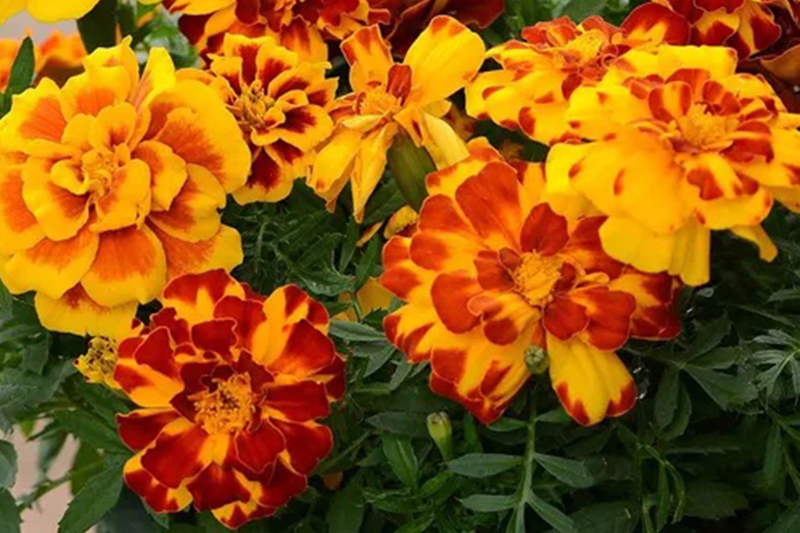Featured Stories

Family gift supports Purdue Extension and Indiana 4-H
Brothers Ronald Kent and John Kristopher Taylor shared a love of the outdoors and the...

Elevating Community Impact: Purdue Day of Giving Empowers County Initiatives
As Purdue University gears up for the exhilarating 24-hour online extravaganza, numerous Purdue...

Citi-Sci: Gardening for Science!’ experiment focuses on gardening preferences and effects on mental health, seeks participants
Gardeners at any level are invited to join Purdue University Extension, the University of...

Enhancing the Value of Public Spaces: Creating Healthy Communities
Purdue Extension’s Enhancing the Value of Public Spaces: Creating Healthy Communities...

Indiana 4-H participates in regional study focused on developing a 21st-century agriculture workforce
Indiana 4-H is seeking input from food, agriculture, forestry and related employers about current...

Youth Mental Health First Aid - Military Partnership
Purdue Extension provided the Youth Mental Health First Aid course 21 times during the year to...